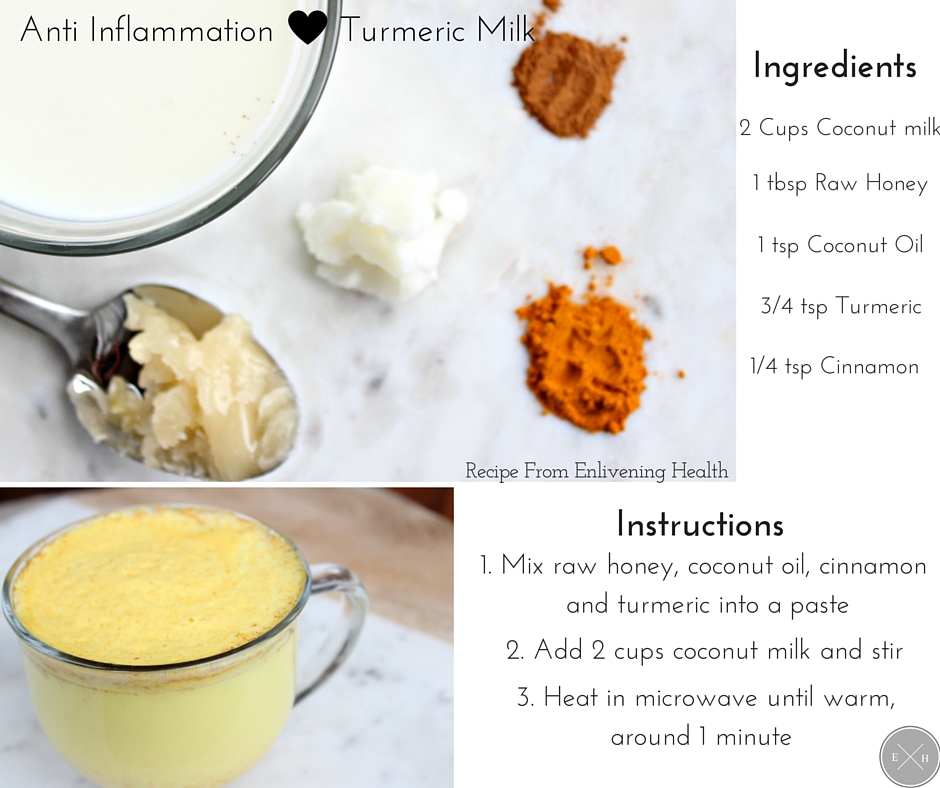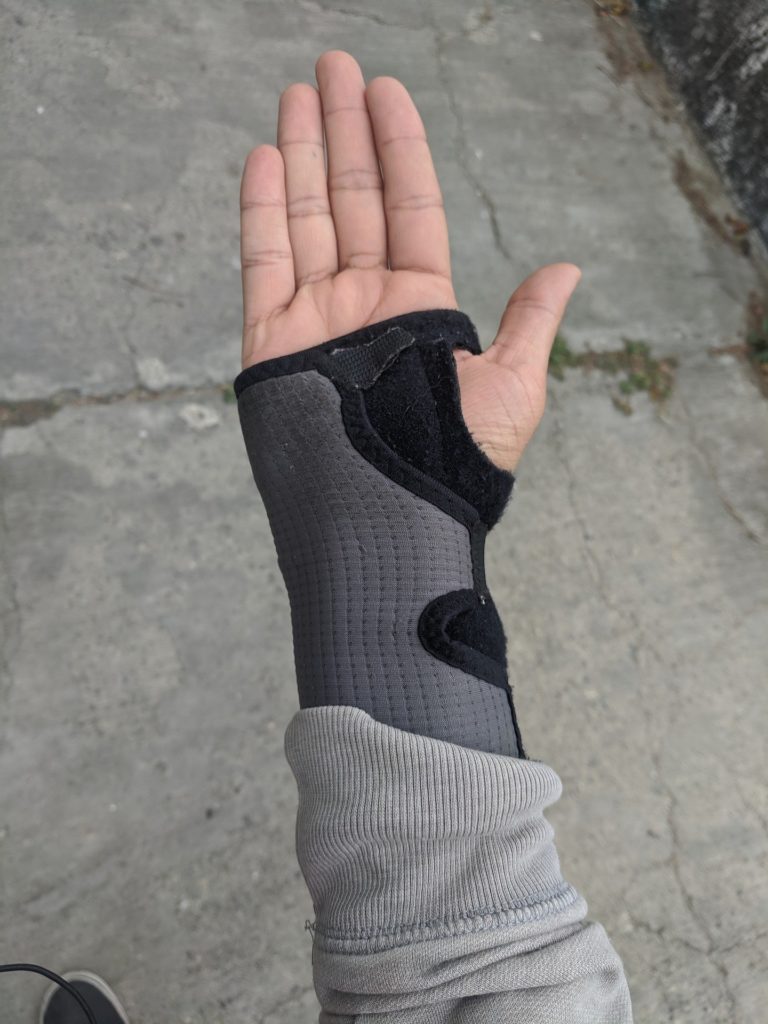
A new survey from CreakyJoints, the international digital community for millions of arthritis patients and caregivers who seek education, support, advocacy, and patient-centered research, finds that women are incorporating more complementary and alternative medicine (CAM) into their arthritis management strategy than men and that among Hispanic survey participants, more significantly reported never using CAM versus using it. Common complementary and alternative therapies for arthritis include tai chi and yoga, massage, acupuncture, meditation, vitamins, and other strategies that may help a person with arthritis cope with symptoms of the day-to-day experience of living with a chronic condition.
“At the start of a new year, many people reflect on their goals for the next 12 months. We conducted this survey to better understand how people with arthritis manage their condition going beyond prescribed medications and to start a conversation about why a holistic, patient-centered approach is key to maintaining physical, emotional, and mental wellness all year long,” said Daniel Hernandez, MD, Director of Medical Affairs and Hispanic Outreach, CreakyJoints.
In the new survey (n=847), members of the CreakyJoints community were asked questions about their condition(s), the complementary and alternative therapies they have ever used for their condition(s), and the therapies they found helpful for their symptoms based on the therapies they previously selected. Most survey respondents (89%) reported using a type of complementary or alternative therapy for their condition, with the most common therapies reportedly used being vitamins/minerals (71%), massage (48%), joint supplements (47%), relaxation/mind-body activities (38%), therapeutic herbs (34%), and yoga (33%). The therapies reported helpful by the greatest proportion of people who have ever used the therapy were massage (76%), Chi Gong (76%), yoga (74%), relaxation/mind-body activities (72%), and spiritual activities (71%). Significantly more women reported using CAM than never using it (89% vs 73%, p<0.001) while significantly more men reported never using CAM than having ever used it (27% vs 11%, p<0.001). In terms of race and ethnicity, significantly more white participants reported using CAM than never using it (82% vs 71%, p=0.007) and significantly fewer Hispanic or Latino participants reported ever using CAM than never using it (13% vs 32%, p<0.001).
“An arthritis diagnosis requires a lifetime management commitment and there will be times when a person living with arthritis feels better and worse. Our CreakyJoints survey, and other existing peer-reviewed studies, show that CAM can have a positive impact on the experience of symptoms,” said Dr. Hernandez. “However, our survey also suggests that more education is needed to encourage men and members of the Hispanic community to understand the range of CAM therapies available and to encourage them to speak with the health provider team about which therapy may offer benefit to them.”
For more information about CAM, visit: https://creakyjoints.org/alternative-medicine/
About the Survey
The 6-question survey was fielded from December 2, 2021 – December 16, 2021. Participants were recruited via email from the existing CreakyJoints and COVID-19 Patient Support Program mailing lists. Only adult participants diagnosed with rheumatoid arthritis (RA), juvenile idiopathic arthritis (JIA), osteoarthritis (OA), ankylosing spondylitis/axial spondyloarthritis (AS/axSpA), or psoriatic arthritis (PsA) were asked to complete the survey. The sample was primarily female (87%) and white (81%), with an average (SD) age of 61 (13). A quarter of the participants (25%) reported having a form of spondyloarthritis (SpA), 65% reported having either RA or JIA, and 10% reported having osteoarthritis without a concomitant condition of interest.
About CreakyJoints
CreakyJoints® is an international digital community for millions of arthritis patients and caregivers who seek education, support, advocacy, and patient-centered research. We represent patients in English, Spanish, and French through our popular social media channels, our websites, and the 50-State Network, which includes more than 1,700 trained volunteer patient, caregiver, and provider health care activists.
Part of the Global Healthy Living Foundation, CreakyJoints also has a patient-reported outcomes registry called ArthritisPower® (ArthritisPower.org), which includes tens of thousands of consented arthritis patients who track their disease while volunteering to participate in longitudinal and observational peer-reviewed research. In addition to online and downloadable educational resources, CreakyJoints publishes many arthritis and chronic disease podcast series, available on all major streaming platforms, that provide both patient and provider perspectives. It also hosts PainSpot (PainSpot.org), a digital risk-assessment tool for musculoskeletal conditions and injuries, and eRheum (eRheum.org), for telehealth and virtual-care support. All programming is free, always. For more information, visit CreakyJoints.org.

